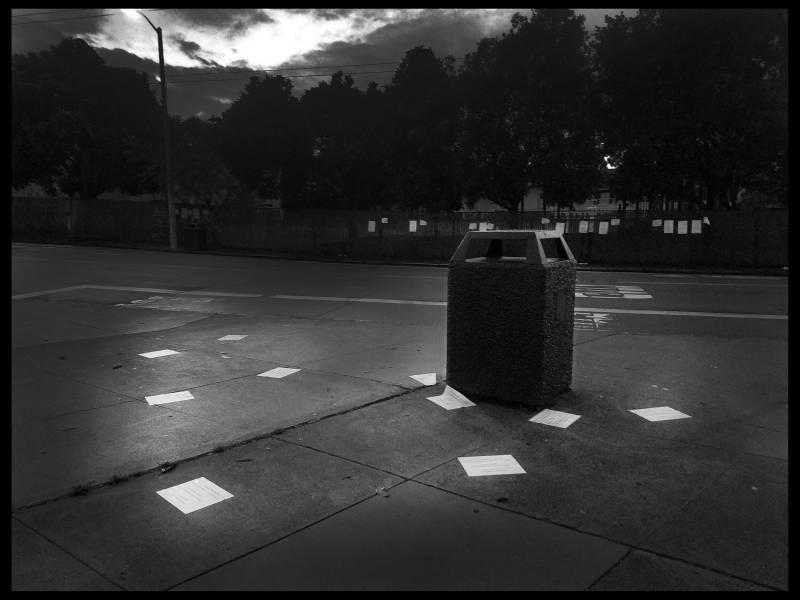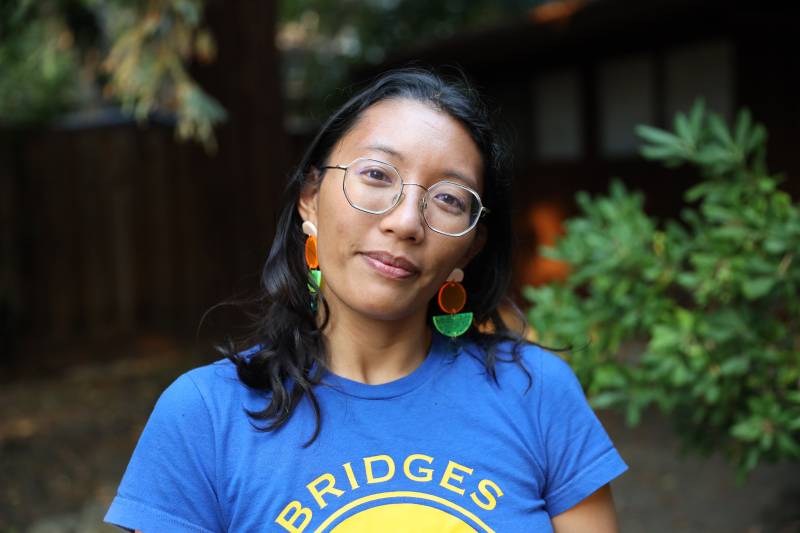Erina Alejo is an educator, artist and cultural artifact keeper. But when asked how they self-identify, Alejo says they’re, a “third-generation renter.”
Alejo’s grandaunt immigrated from the Philippines to the Bay Area in 1959. Soon after, other family members joined. They lived in the East Bay city of Pittsburg, before moving to San Francisco. They’ve been renters the whole time.
Now Alejo, who spent their early years in the Mission District before being priced out and moving to the Excelsior, says they’ve been watching the story of gentrification unfold through a unique lens.

Alejo is a photographer whose work focuses on the story of housing. One of their passions is taking photos of people awaiting to speak at City Hall in San Francisco. Another is revisiting the same public trashcan every so often, documenting the changing world around it. Alejo is in the process of publishing a book titled, “A Hxstory of Renting,” which highlights this work.
In this week’s episode of Rightnowish, you can hear Alejo talk about their work, and the specific story behind the trashcan series.



